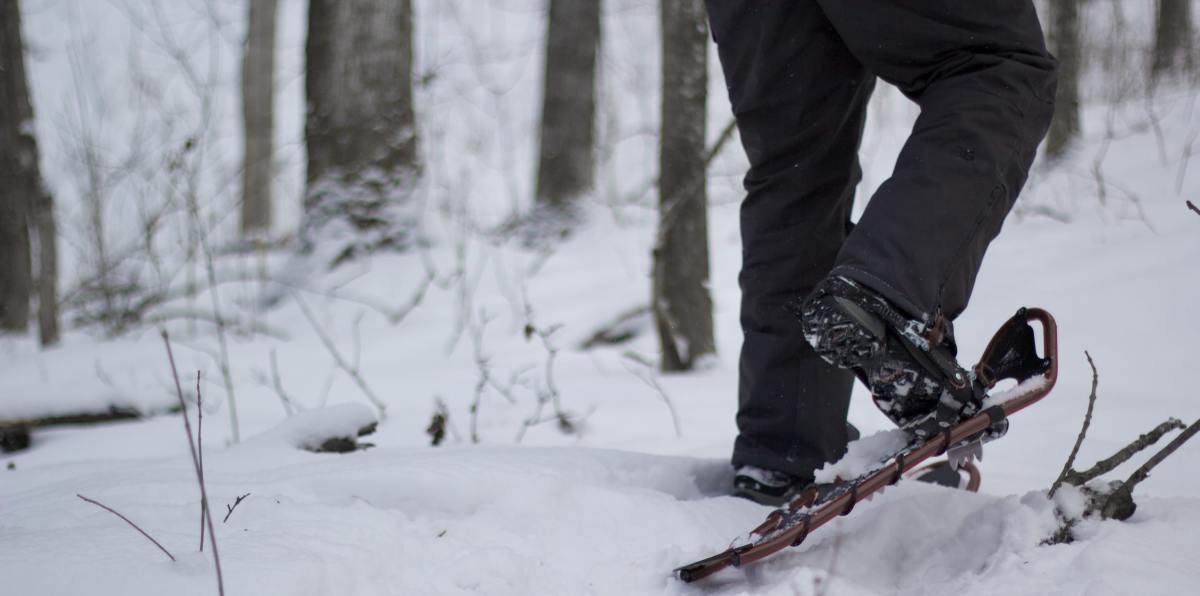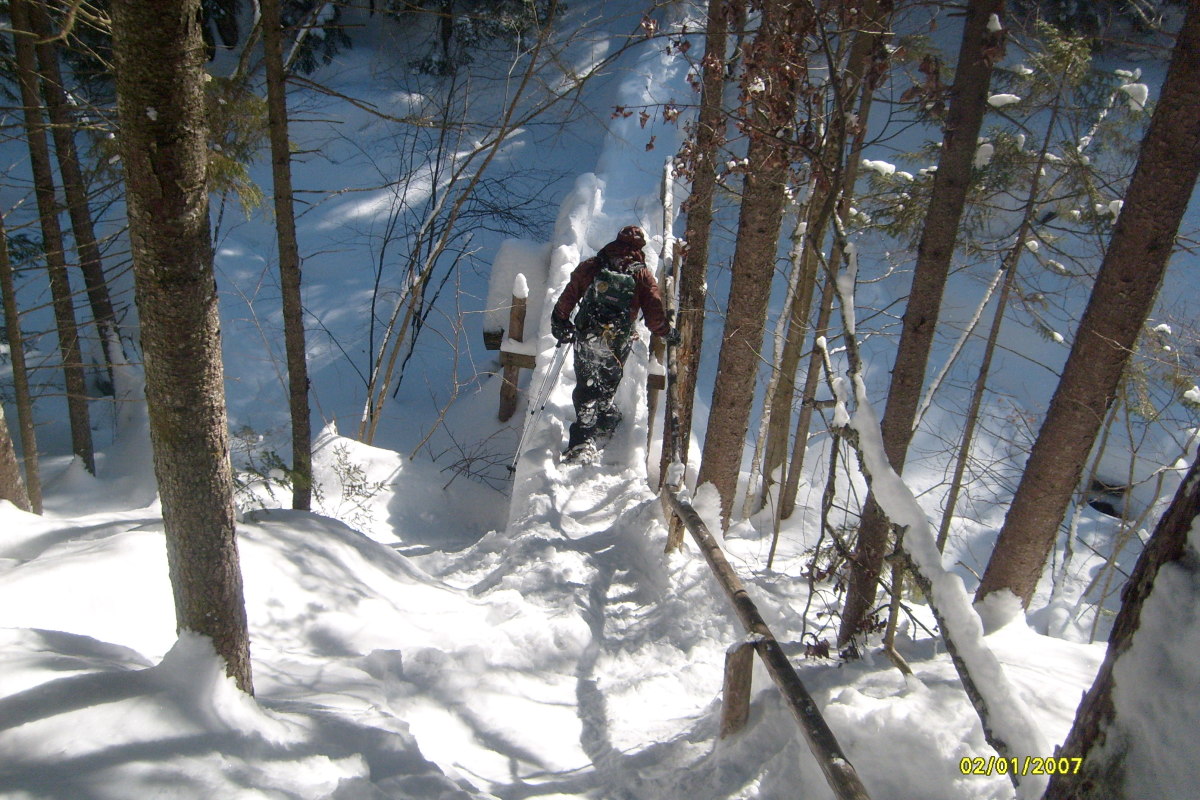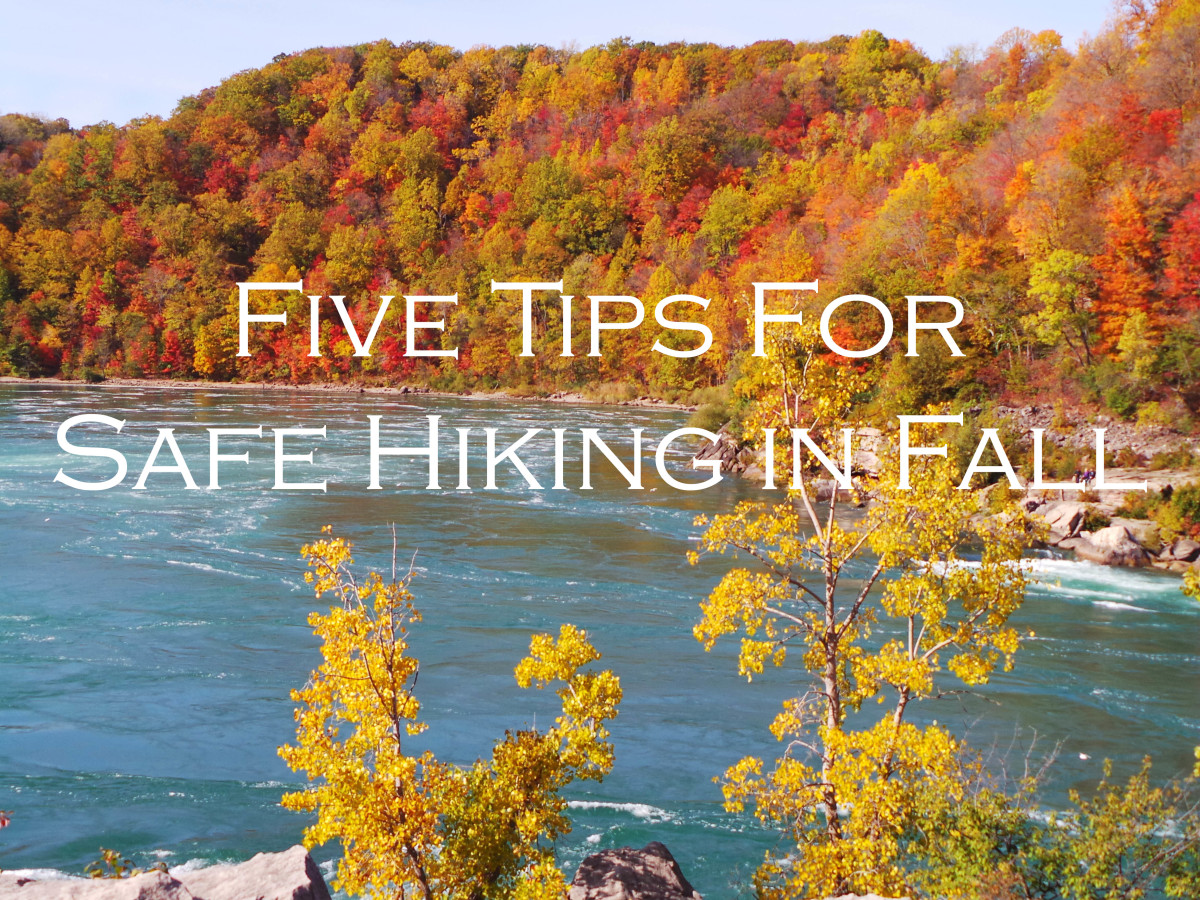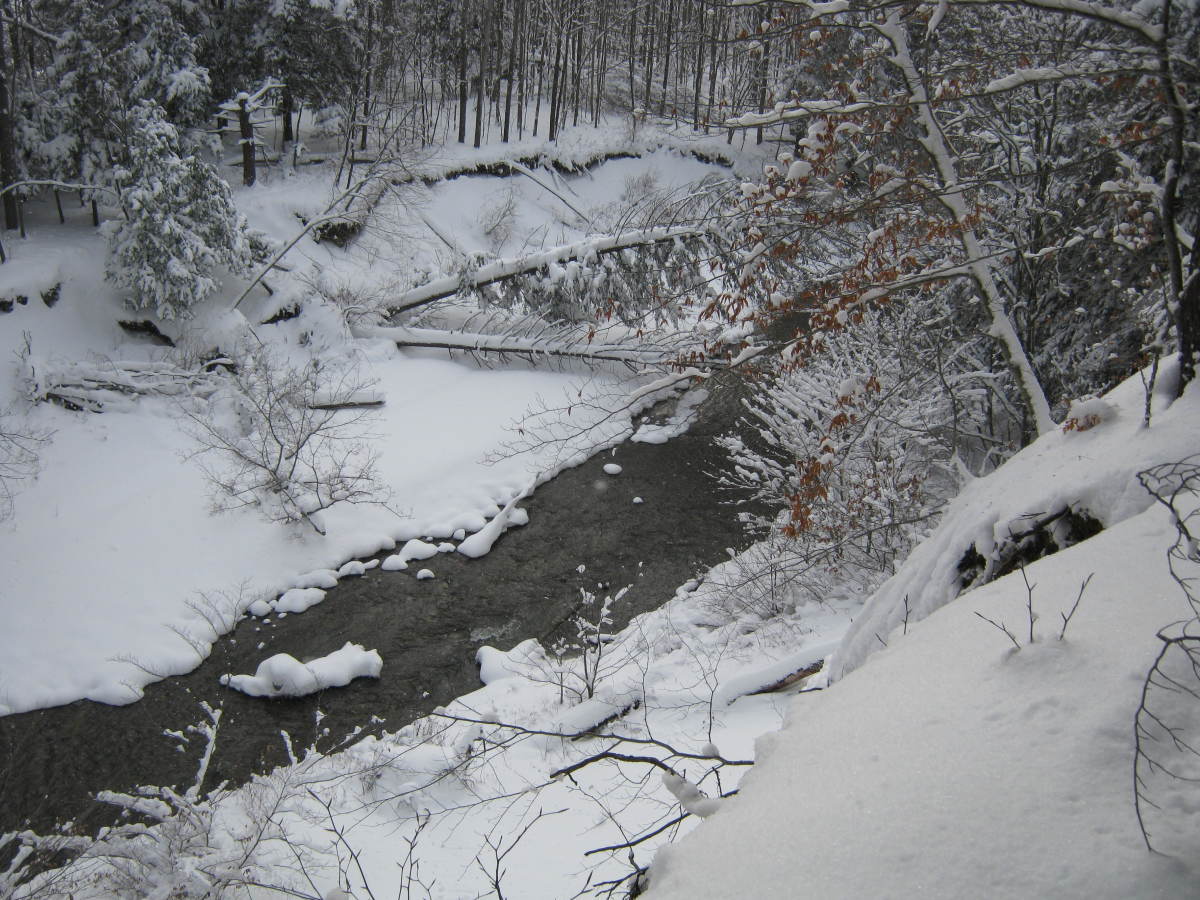How To Choose Snowshoes
As fall turns to winter and the snow begins to fall, do you put away your hiking shoes for the season and get out the skis? Or do you put on your gaiters and post-hole through the snow?
Just because it's cold and wet, it doesn't mean that you can't keep enjoying the outdoors during the winter. And you can do more than ride up a lift and glide down the slopes. Enter snowshoeing, the ability to hike on top of the snow, rather than sinking into it. Let's take a look at how to choose a pair of snowshoes that will fit your needs.
Below we will look at the benefits of snowshoes, deciding how you'll use them and then how to pick the right size for you.
Why Snowshoe?
First off, what is the big deal about snowshoes? Snowshoes are, in theory a very simple device that gives you a larger footprint to help you stay on top of powdery snow. The larger the footprint, the more your weight is spread out, that means that there is less body weight on each square inch of snow.
The disadvantage of snowshoes is that because of the large footprint, the snowshoe hiker will have to walk with their feet slightly more apart than normal. While this is not difficult, it will more than likely cause a couple stumbles as you catch one snowshoe on the other.
Since you will be not only hiking, but a little off balance, it is a good idea to use a quality pair of hiking poles to help keep your balance. This also provides an upper body workout as you use your arms and core to balance and push yourself along with the poles.
Once you have your equipment, snowshoeing opens up the trails that you thought would be closed for the season. If you like to hike cross country, you can often access forested or rocky areas easier with snowshoes, because if you have deep snow it can cover lower logs and rocks that may block your path during the summer.
Walking on the snow also almost completely eliminates any impact you can have on the ground from walking on it. You don't have to worry as much about eroding trails or cutting switchbacks as your feet may never actually touch the ground, and the few times that they do, it will likely be frozen solid.
Another choice for getting around in the snow is using cross country skis. If you are on fairly straight and level trails skis can help you move a long a little faster. Of course the downhill sections are where skis really shine!
When you are going uphill or have a lot of tight turns between trees the shorter length of a snowshoe makes it more maneuverable.
If you have an opportunity, try out both and see what you prefer. You might find that each has it's place and you will want to use one or the other depending on the trail.
Know How You'll Use Your Snowshoes
Now that you know a little bit about snowshoeing, it is time to decide on how you want to use your snowshoes. There are several different snowshoe designs, each will work best under certain circumstances. You may find that some snowshoes will not be as versatile for the different types of snowshoeing that you plan to enjoy. Make sure that you pick a model that will handle most of the type of snowshoeing that you will be doing.
I'll break the snowshoe types into three basic categories, flat ground, rolling hills and mountains. Let's take a look at what we want to look for in each category.
Flat Ground
These snowshoes are ideal for the family and leisure hikers that will be moving along fairly level terrain. These are the simplest of snowshoes and typically have easy to adjust bindings and minimal crampons or teeth for gripping hard snow and ice.
Rolling Hills
If you are a little more adventurous, you may want to get a more advanced model. These typically have additional crampon teeth for purchase in hard snow and are ideal for getting off the beaten trail and venturing out into a little steeper terrain.
Mountains
Designed for the serious back country adventurer, this class of snowshoe offers beefier bindings, more teeth and other advancements designed for icy conditions and long back country trips. These snowshoes may also include heel supports that flip up to reduce leg fatigue when climbing steep hills.
Make sure you take some time to think of how you want to use your snowshoes before you decide what to buy. Just because the mountaineering type snowshoes offer more features, doesn't mean they will benefit you for level ground or hiking on packed snow trails.
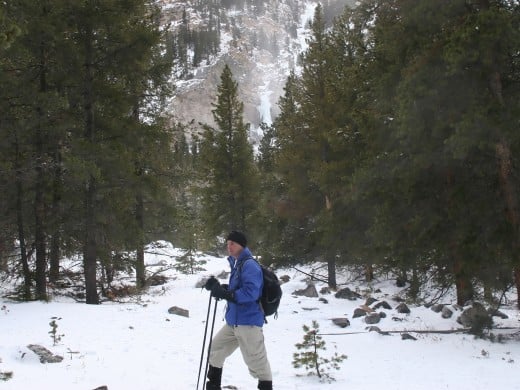
How To Choose Your Snowshoe Size
Snowshoes come in various sizes and you will need to pick the best size for your needs. This may not be a simple decision, as your needs may depend on the trip that you are taking. In general, the larger the snowshoe, the more flotation you can achieve over the snow.
The disadvantage of the larger snowshoes is that it may be more difficult to maneuver with a larger size. To get the most out of your snowshoes, consider how you will be using them. If you are walking on hard packed snow, you won't need a large snowshoes, as the hard snow will provide more lift. As you get into deeper, softer, powder type snow, you will benefit from a larger shoe.
The next consideration is your weight, obviously I need a larger shoe that my six year old would need. What you have to remember with that, is your weight may change depending on what you are doing. If you are going for a short hike in a nearby park, you may only have some extra clothes and a water bottle with you. If you are going on a backpacking trip or a mountaineering trip however, you may have a large pack that adds 30-40 pounds of weight to your back.
A handy solution is that ability to add additional length to certain snowshoes. These are usually 4-6" pieces of plastic that attach to the rear of a snowshoe to increase the total length and therefore flotation of a snowshoe. This allows you to use a smaller, more manageable snowshoe for hard pack trails and then add the tails when you need extra flotation due to deep powder or heavy loads.
Dress For Success
As with most winter activities, dressing properly for the conditions will make you much more comfortable when you go out to try your new snowshoes. Make sure that to dress in layers, so that you can adjust your clothing to the temperature and to your activity level.
Early in the morning and when you are not moving, you are likely to get cold much quicker and you will need all the layers that you can get on. As the day goes on and you start walking or hiking, you will notice that you get hot and will want to remove some layers of clothes before you start sweating. If possible, try to avoid sweat in cold temperatures as it will reduce your body's ability to stay warm, especially when you stop.
One way that I have found really helps to maintain your temperature is to adjust your layers before you need to. What I mean by that is when you are about to start out on a hike, or up a steeper hill, go ahead and remove some clothing before you start. While you may feel cold as you first start, as your body warms up, you will be more comfortable.
On a similar note, when you stop to rest, add a layer or two. Even though you are initially hot from moving around, your body will quickly cool as you sit there. If you have already added a layer, it will keep that heat in longer and allow you to remain comfortable.
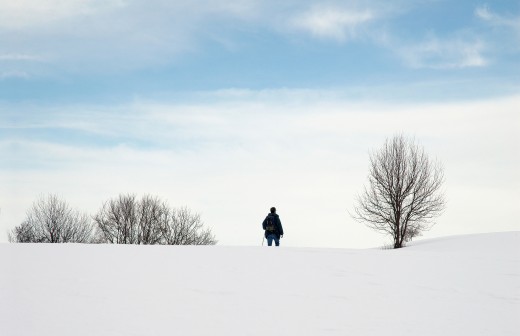
Hopefully these tips will help you pick out a pair of snowshoes, or maybe just convince you to dust off that pair that has been in the garage the last couple years. Let me know in the comment section below what snowshoes you prefer, or your favorite place to use them!
For more of my outdoor writing, check out the rest of my hubs, or my blog.


